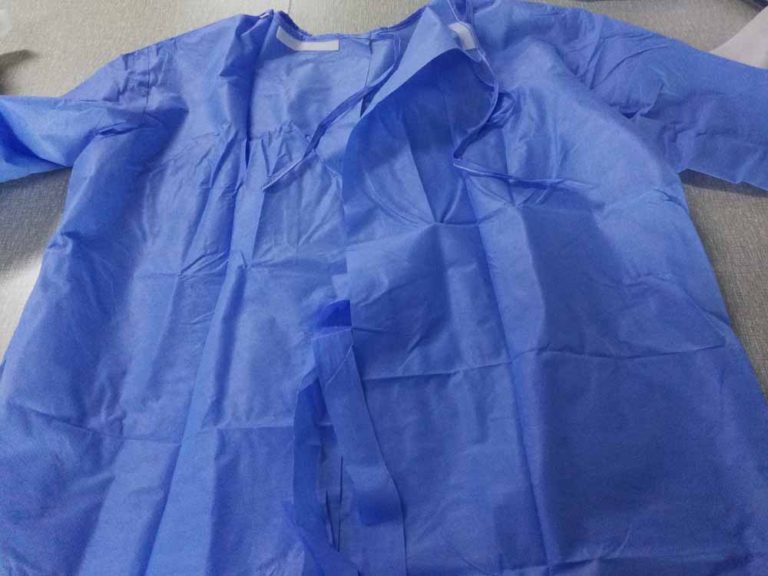Swords online store by SwordsFor.Sale? First of all, you can focus on customizing your blade… And it all starts with whether you want your blade sharpened or not. Afterward, you have to choose the blade’s metal, which comes in 6 main types. Then, you can choose whether you want a beautiful, Clay-Tempered Natural Hamon on your blade, available in 8 distinct styles. Afterward, you can add a Blood Groove (Bo-Hi) on the blade, add a colored microplating with one of our 5 available colors, and also engrave your katana’s blade. After the blade, you can focus on the Habaki & Seppa, then the Tsuba & Fittings. These two pieces make the hard finishing of your blade, and there are hundreds of options to choose from, especially for the Tsuba, Koshira, Menuki and Fuchi. Use the filters above the options to filter through our more than 100 types of tsuba and fittings for your custom katana. Discover even more info on https://swordsfor.sale/product/custom-katana.
Thankfully, there are smiths in other countries which hand-forge and sell exquisite katanas for a fraction of that price. Instead of dealing in thousands, they deal in hundreds, which is much more reasonable. And they’re able to create really good, battle-ready works of art. Modern swordsmiths don’t use Tamahagane steel – but instead Damascus Steel, which can be worked with in great ways. There are also many types of guards (tsuba), scabbards (saya), and other pieces which can create truly beautiful Japanese swords – especially custom katana swords.
Different forgers use different numbers of layers for their folding process. Moreover, each forger will fold the blade multiple times, up to 30 in some cases. At Swords for Sale, we fold each of our high-carbon blades 13 times – creating stronger, more durable, and aesthetically-pleasing swords. Moreover, high-carbon blades – folded or unfolded – can also be clay-tempered during their heat treatment – creating a beautiful “hamon” pattern. While carbon steels are amazing for swords, there is another type of steel which creates durable and strong blades. One of them is called spring steel – and contains silicon in its alloy. This is a type of steel that is much more durable than carbon steels due to this silicon content.
It’s a much better steel for a functional than for example, stainless steel – which is often used on decorational swords. Stainless steel is a very hard type of steel – which can become brittle and gets easily damaged under impact. It is, however, easy to maintain and care for – it can hang on the wall for a very long time. Now, some swords that are in fact “wall-hangers” are also made of High-Carbon steel. This is where we have to look beneath the surface. More precisely: under the handle wrap and its wooden core.
While some steel types may sound great to use on swords, the truth about great blades is that they have to be made with certain very precise materials. This is simply because of a sword’s blade purpose: to cut through hard materials, come back to its shape, and be easy to care for and maintain. Now, certain steel types have properties which are favorable to use in a sword’s blade. Here is a list of steel types used to create swords: Stainless Steel. While Stainless steel sounds like a good idea because it requires little to no maintenance, it is not, in fact, ever used to create functional swords. It is only used for wall-hangers and unsharpened swords that are in many cases not even fit as bokken – for martial arts practice.
In ancient Japan, katanas were very rare and valuable. They were made with special techniques and metals – more specifically one – Tamahagane steel (also called Jewel Steel). This is a special type of steel issued from iron sand smelted in the traditional Japanese low furnace. Tamahagane steel swordsmithing is not completely extinct nowadays, but nearly. This is simply because the traditional methods of smelting, forging, and refining a blade is extremely expensive. Moreover, the special ore (Tamagahane) required for the traditional process is very rare – and thus expensive. Moreover, swords are actually illegal in Japan, so it’s very hard to get any of these so-prized pieces of art out of the country. Discover extra information at https://swordsfor.sale/.
